SCREENFULL • email • screentheatomxml | :N FULLSCREEN | # SCREENPRESS | (radio)Sounds | THE_BOOK | La Boite en valise | EYEBEAM REBLOG TAKEOVER |
 |  |
 |  |
jimpunk 10:02 PM UP DWN 0 habla viol
linkoln 3:24 AM UP DWN 0 habla 20041217 ___________Flo4t:nG Mondr:aan




 jimpunk 7:22 PM UP DWN
0 habla
ScreenFuLL_________V:dEo
jimpunk 7:22 PM UP DWN
0 habla
ScreenFuLL_________V:dEo


linkoln 3:23 PM UP DWN 0 habla chimes

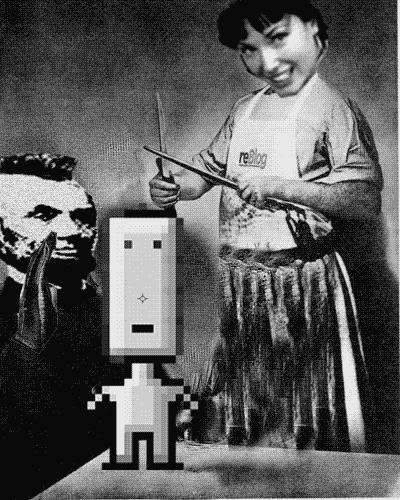 linkoln 11:12 AM UP DWN
0 habla
20041216
AltLo4d B:rdS________________(dayE_SilenceNo po:nts
linkoln 11:12 AM UP DWN
0 habla
20041216
AltLo4d B:rdS________________(dayE_SilenceNo po:nts

 linkoln 11:09 AM UP DWN
0 habla
interneto arto
linkoln 11:09 AM UP DWN
0 habla
interneto arto
 linkoln 10:40 AM UP DWN
0 habla
Da'/ (2) L:fe fl0vver &4nD Pokemon delete someth:ng-- 30 po:nts
linkoln 10:40 AM UP DWN
0 habla
Da'/ (2) L:fe fl0vver &4nD Pokemon delete someth:ng-- 30 po:nts
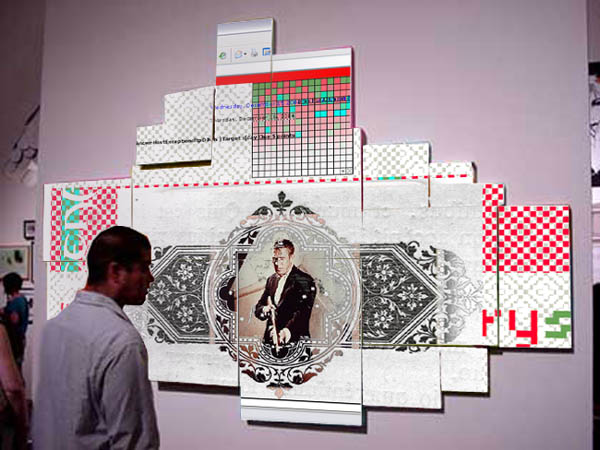

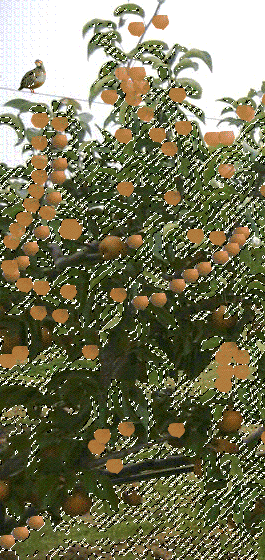 linkoln 10:55 AM UP DWN
0 habla
cut la rock
linkoln 10:55 AM UP DWN
0 habla
cut la rock
http://www.rocketboom.com/vlog/archives/2004/12/rb_04_dec_14.html linkoln 7:11 AM UP DWN 0 habla 20041214 SunflovverL4r4_Deta:l______________________
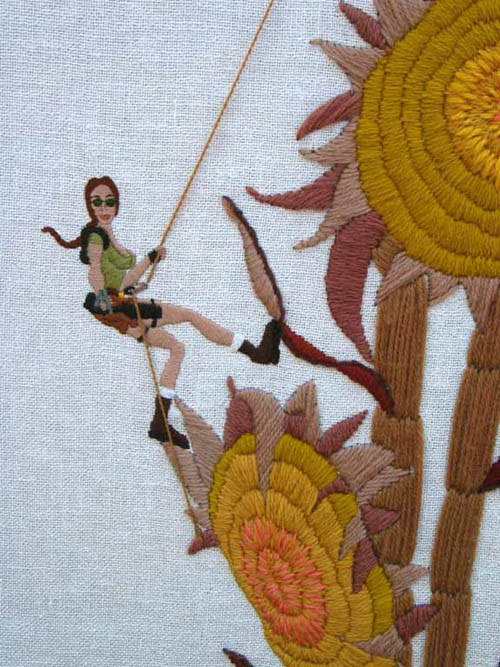
Becky Schaefer jimpunk 9:48 PM UP DWN 0 habla da da ba-da da da DWEE-a dada
da da ba-da da da DWEE-a dada jimpunk 6:44 AM UP DWN 0 habla dada shimmy

linkoln 6:35 AM UP DWN 0 habla bab'/ p:x:e
 |
jimpunk 1:43 AM UP DWN 0 habla screenfull.knit

linkoln 1:13 AM UP DWN 0 habla 20041213 SCREENFULL knitPro jimpunk 6:50 PM UP DWN 0 habla screenfull from 93 til
http://archives.cbc.ca/IDC-1-75-710-4205/science_technology/computers/clip9 linkoln 3:40 PM UP DWN 0 habla before & after
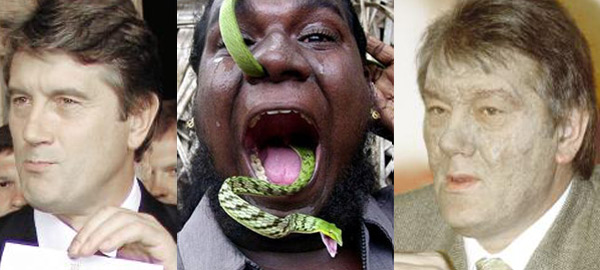
jimpunk 11:48 PM UP DWN 0 habla screenfull.net: a band apart


from "Abstract Blogism: The Coming BioMorphism and How It Titillates Art History"
What keeps process within bounds, keeps de Kooning's women from being mere painterly gush, is the memory of and the struggle with his implanted i-Muse: before his historic trip to Anaheim where the Disney "imagineers" challenged his rough aesthetic of always allowing the picture plane to assert itself in the most unexpected places while promoting a signature style of painterly dares, De Kooning was forever lost in the struggle to simultaneously create and destroy the order of the Cubist grid.
Things changed after Anaheim. Violent attacks against his painterly "other" were soon replaced by a creamy suppleness, and eventually led to the final comings of his nuanced gestures. Although the imagery retains its startling jolt, it is the delicacy and, yes, elegance of his fractured apparatus that, after the passage of time, is most striking.
Unfortunately, the circuitry in his implanted i-Muse eventually fried and he was left "missing in action". This led to his abstract watercolors which, coming later in life, were eventually reconfigured into the vehicles most popular in Amsterdam - the one speed bicycle. Why he abandons the watercolor per se and uses magazine cut-outs as collage staples is mostly beyond this critic. Was it a nostalgic gesture toward the Cubist tradition he at one time expertly deconstructed? The fact that he eventually used these small collages as postcards to send to colleagues around the world, may point toward a new and growing passion for mail-art which has still yet to be fully documented.
But is the malfunctioning i-Muse the sole reason for the disappearance of his "Woman"? A "Woman" series is in itself a statement in that it refers to a series of intelligent muses that set his brush on fire. We will let you decide the possible "positive" or "negative" gender representations here. For us, there is too much ambivalence to even try and begin a post-feminist reading. And what, precisely, constitutes "positive" or "negative" when a cultural concept like "woman" (in general) is at stake? Especially one "missing in action". Was de Kooning himself engaged in a kind of cross-dressing performance of aesthetic self-mutilation? Was it nothing more than a sly wink at his arch-rival Rrose Selavy?
Perhaps it was all a joke. We all know what it's like to draw faces, and the more wickedly perverse they get, the more we learn about ourselves. And besides, don't the artists always get the last laugh?
kid 8:55 AM UP DWN
0 habla
La Boite en valise - Ser:e bookmarks -

linkoln 1:52 AM UP DWN 0 habla sklipszch


